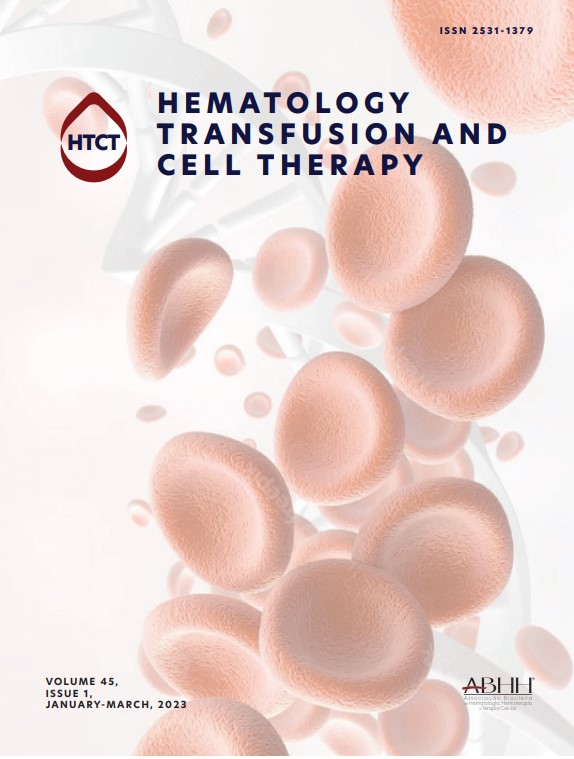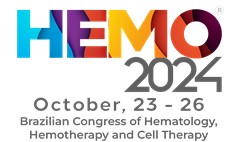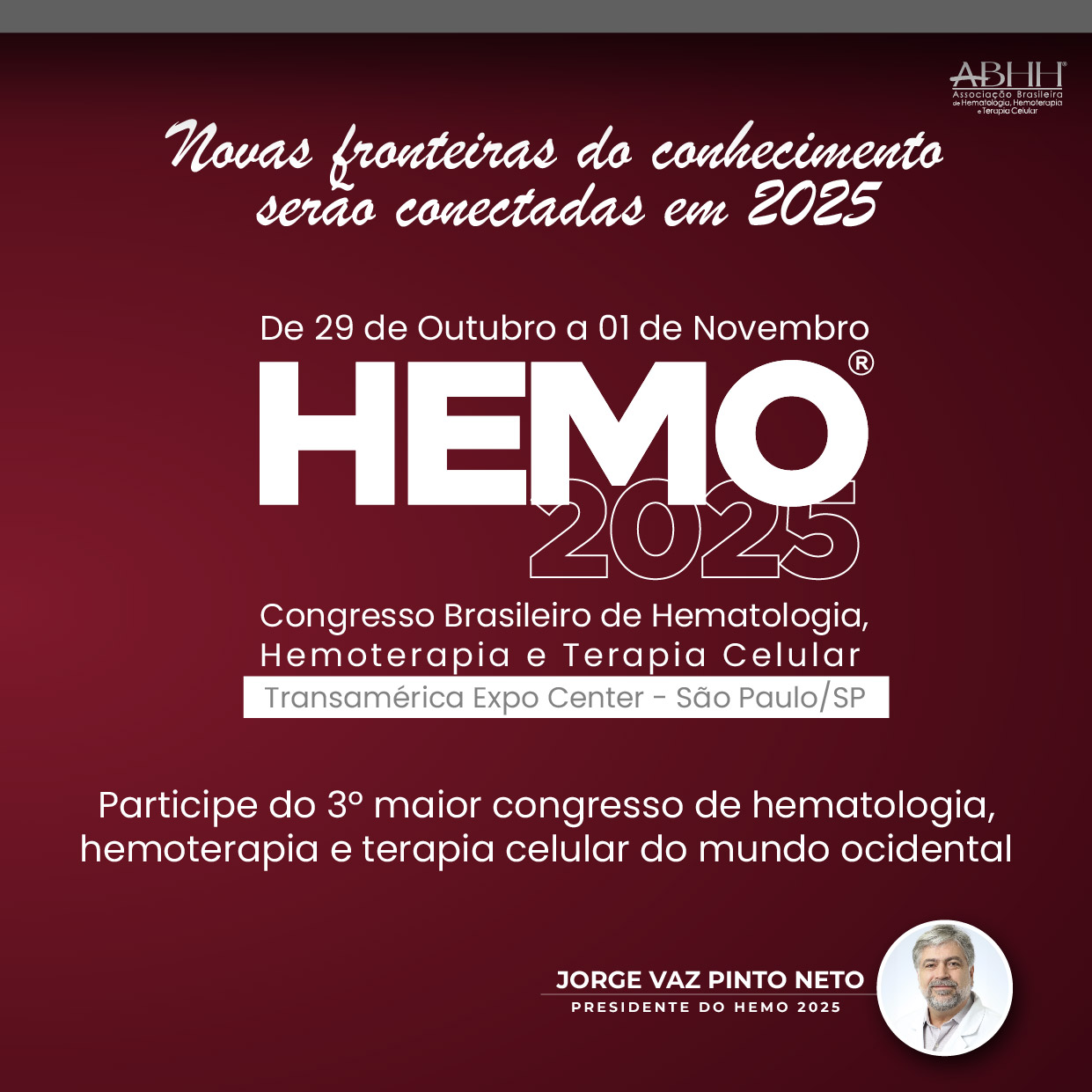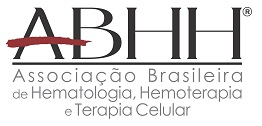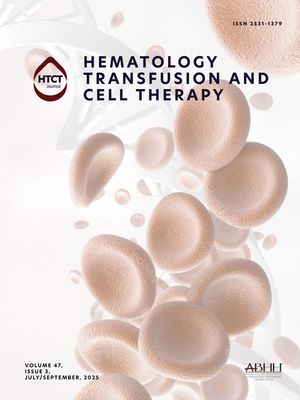
Acute lymphoblastic leukemia (ALL), the most prevalent childhood cancer, disrupts the hematopoietic bone marrow (BM) niche, a specialized microenvironment that supports normal hematopoiesis. During ALL development, this niche undergoes remodeling and reprogramming to support tumor growth, hindering blood cell formation. Mesenchymal stromal cells (MSCs), particularly those located in the perivascular niche, play a pivotal role by shielding leukemic lymphoblasts from external stressors, impacting drug responses and potentially contributing to relapse. Understanding this complex interplay between ALL cells and the BM niche is vital for developing effective drug screening models. Therefore, our study aimed to develop an in vitro coculture system that mimics the ALL BM tumor microenvironment.
MethodsT-ALL (Jurkat), B-ALL (RS4-11), and MSCs (HS5) cell lines were maintained in RPMI-1640 supplemented with 10% FBS. Tridimensional cocultures were established using hemostatic sponges (Gelfoam, Pfizer) and spheroids (Hanging Drop or Liquid Overlay Technique containing 0, 5, 10 and 20% Matrigel). These cocultures combined normal MSCs (HS5) and ALL cells to mimic different cellular environments within the tumor microenvironment. Different cell ratios (MSC to T-ALL proportion: 1:1, 1:2, 1:5, 2:5) were tested to simulate different cellular environments. To evaluate the system's applicability, the cocultures were treated for 72h with a BCL2 inhibitor, Venetoclax, or an MCL1 inhibitor, AZD5991, as single agents or in combination. Both agents were used at their 10% maximal response concentration (IC10 - 20 nM). Following the treatment, the 3D systems were dissociated using collagenase (for Gelfoam) or trypsin (for spheroids), and cell populations were analyzed by flow cytometry.
ResultsIn comparison to monocultures, T-ALL cell viability was enhanced in cocultures with MSCs in Gelfoam 3D system, with ̃80% of viable ALL cells in all cell ratios tested. Conversely, proliferation of MSCs was diminished compared to monocultures. Although spheroid formation was obtained using hanging drop technique, increasing Matrigel concentrations impaired spheroid formation, except at the highest cell seeding ratio (2:5), which still resulted in highly irregular spheroids with a near-equal distribution of ALL cells and MSCs (1:1). Thus, considering the bone marrow microenvironment, Gelfoam (1:5 cell ratio) was the 3D system that most closely resembled the cellular composition observed in ALL. Cocultures in Gelfoam were treated with Venetoclax and/or AZD5991. The combination therapy effectively inhibited the proliferation of ALL cells in monoculture. However, the combined treatment was not enough to overcome the protective niche action. Importantly, the treatments did not affect MSCs proliferation.
ConclusionsOur findings demonstrate an innovative 3D coculture system that successfully replicates the BM stromal niche. This novel platform holds promise for the development of new therapeutic strategies for ALL.
ApoioFAPESP 2017/21801-2, 2019/25247-5, 2021/05320-0; 2023/13850-4; CNPq 303405/2018-0.

